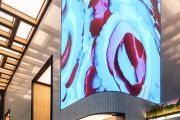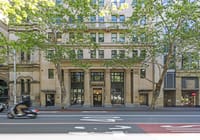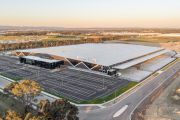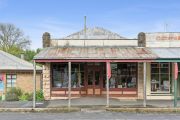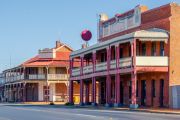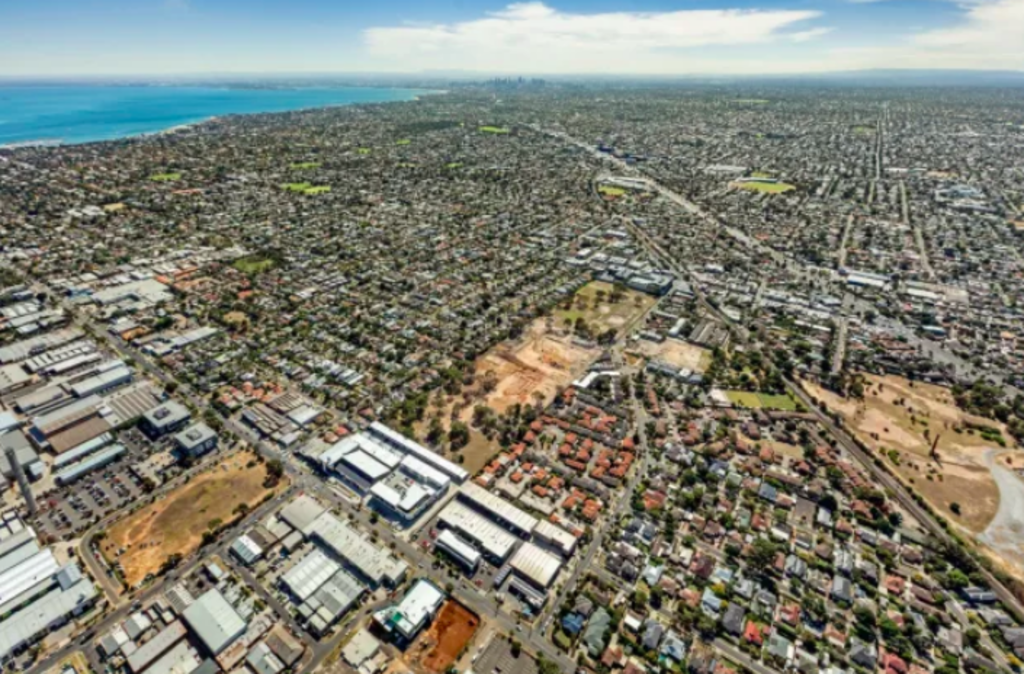
CSIRO sells decontaminated Melbourne site for $90m
The CSIRO has finalised the $90-million sale of an asbestos-contaminated former research site with the scope to develop more than 500 dwellings in Melbourne’s Highett to developer Wolf Group.
The sale of the 9.34-hectare 37 Graham Road site, which The Australian Financial Review reported last month was due to settle, came after a $30 million clean-up on the site. Records show the buyer was Sunkin Highett, a vehicle of Melbourne-based Wolf.
Chaolong Developments, a company related to Wolf managing director Zhaojun Zhu, originally placed a caveat on the property. Last year, Chaolong acquired from troubled investment firm iProsperity the Century City Walk Shopping Centre and the adjoining 200-room Novotel Melbourne hotel in Glen Waverley, in a $150 million deal.
The site in the south-eastern Bayside suburb, of which 4ha has been earmarked for a new public park under an agreement with the local council, lies south of a recently completed full-line Woolworths Shopping Centre and 100m from the Highett Train Station.
“The sale represents one of Melbourne’s largest and most flexible infill development sites that will capitalise on the Bayside area’s continued growth by delivering pre-eminent park-side residences,” said Colliers agent Trent Hobart, who marketed the property with colleagues Peter Bremner and Hamish Burgess for the CSIRO under instruction from Urbis transaction manager Matthew Cleary.
Local and offshore developers had shown interest in the site, and records show Wolf paid $99 million for it, which included $9 million in GST. It sold with vacant possession and was clear of all building improvements.
The developer had been contacted for comment on Wednesday.
“These infill opportunities are increasingly rare, allowing for large-scale townhouse and apartment development, that is destined to become a world-class urban village set in a prime park setting with the future residences surrounded by significant open space and parkland,” Mr Bremner said.
The site was one of a handful of properties the government-owned research organisation had sold under a divestment process, which the Australian National Audit Office had said in a damning report was a property strategy that lacked oversight and one that the CSIRO had struggled to implement.
The audit office report published last month said a 10-year CSIRO plan to eliminate annual increases in operating costs of its $1.7 billion property portfolio by 2022 was so badly managed that costs had jumped 43 per cent by 2019.
Not only did the so-called 2012 Property Strategy fail to prevent an annual 7 per cent rise in costs over the first six years, but the government’s chief scientific organisation also failed to reduce the number of sites it owned as planned – the number rose by 5 per cent – and a planned 26 per cent cut in the property footprint never happened.
Of the planned 12 divestments, three were under way, one had been completed, two were planned and six were not proceeding, the report said.
The CSIRO said it accepted all five ANAO recommendations, which included consistent and transparent measurement of its property footprint.

